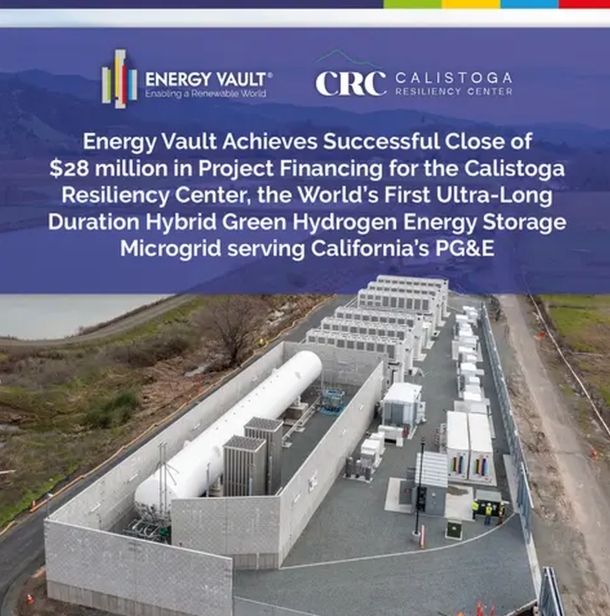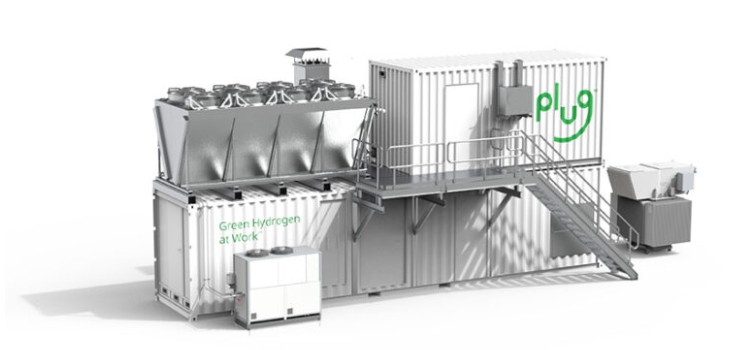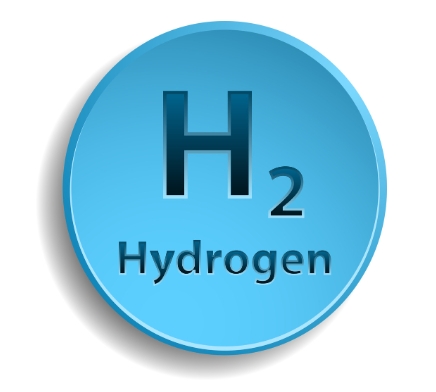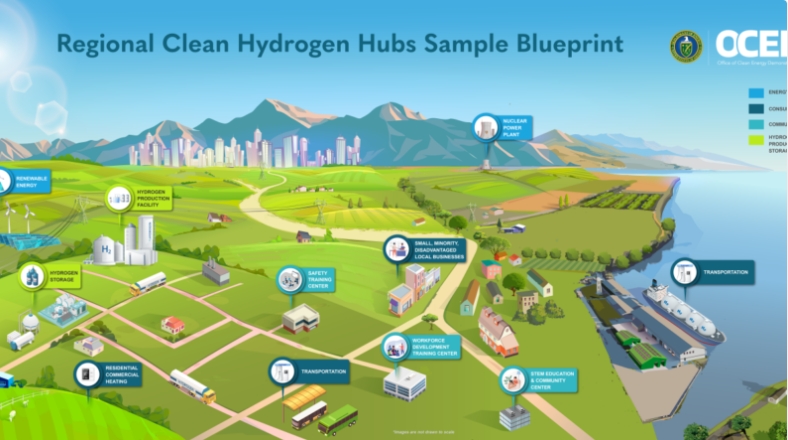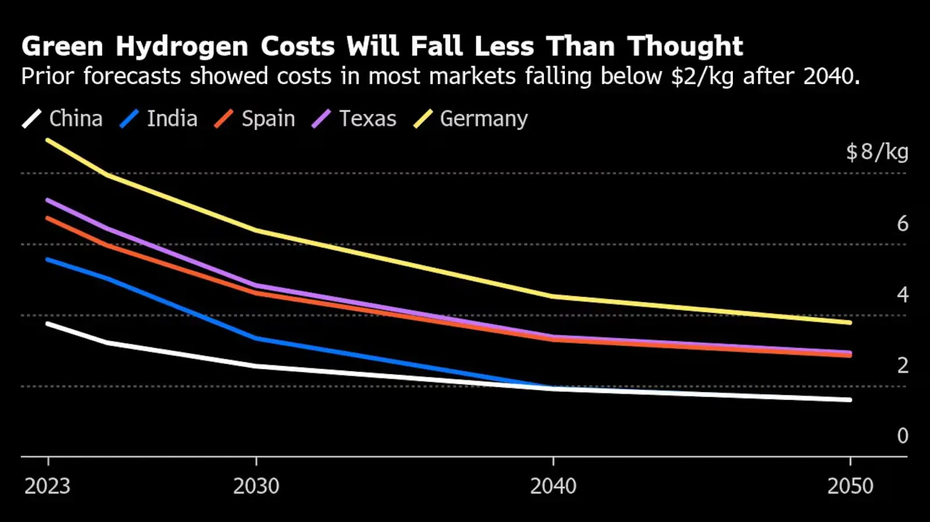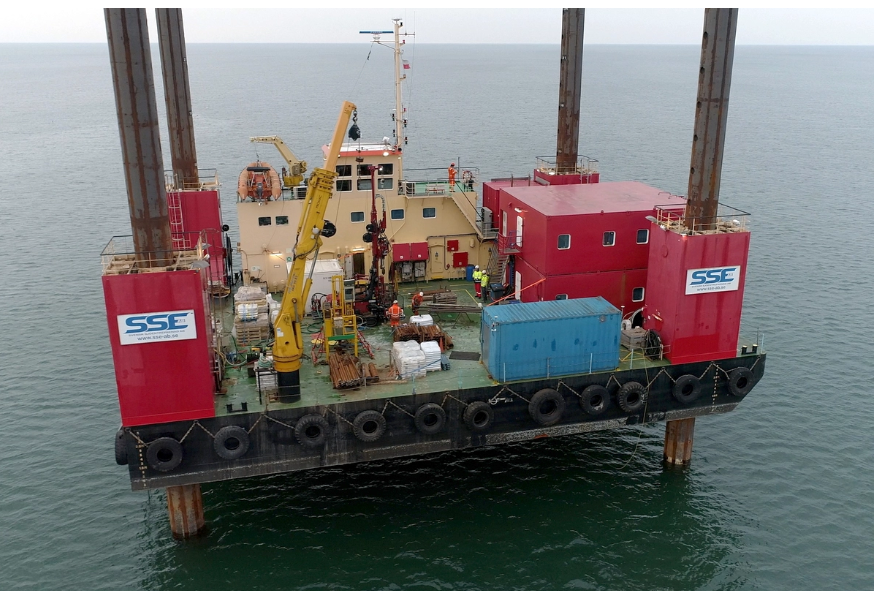
Geotechnical data was obtained from boreholes up to 55 metres below the seabed.
“The selected method of carrying out the works will not affect the area of the beach and dunes, which will allow for the protection of plant clusters and habitats of numerous valuable species of flora and fauna,” said Marta Porzuczek, Director of the Environmental Protection and Sustainable Development Department at Polenergia.
The research results will be used for further planning and designing the foundations for about 100 wind turbines and two offshore substations. The seabed surveys will also allow the partners to design an export cable corridor, including determining the optimal place where the cable will connect to the land transmission infrastructure in the vicinity of Ustka.
Polenergia and Equinor are jointly developing the MFW Bałtyk II and MFW Bałtyk III offshore wind farms in the Polish Baltic Sea with a combined capacity of 1,440 MW.
The two 720 MW wind farms, which will feature Siemens Gamesa 14 MW wind turbines, were awarded Contracts for Difference (CfDs) in May 2021 by Poland’s Energy Regulatory Office (ERO).
At the end of last year, Hitachi Energy won a contract to deliver electrical systems infrastructure for the two offshore wind farms.
